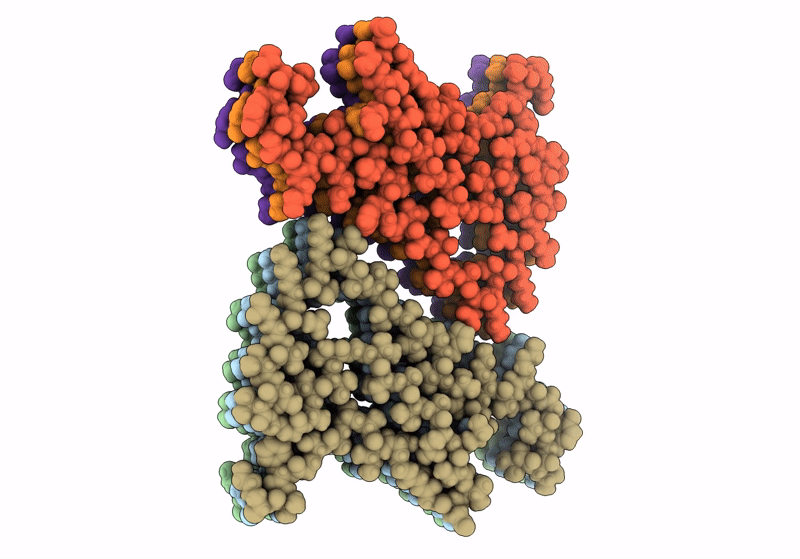
Deposition Date
2024-01-18
Release Date
2024-02-28
Last Version Date
2025-04-16
Method Details:
Experimental Method:
Resolution:
3.20 Å
Aggregation State:
FILAMENT
Reconstruction Method:
HELICAL


